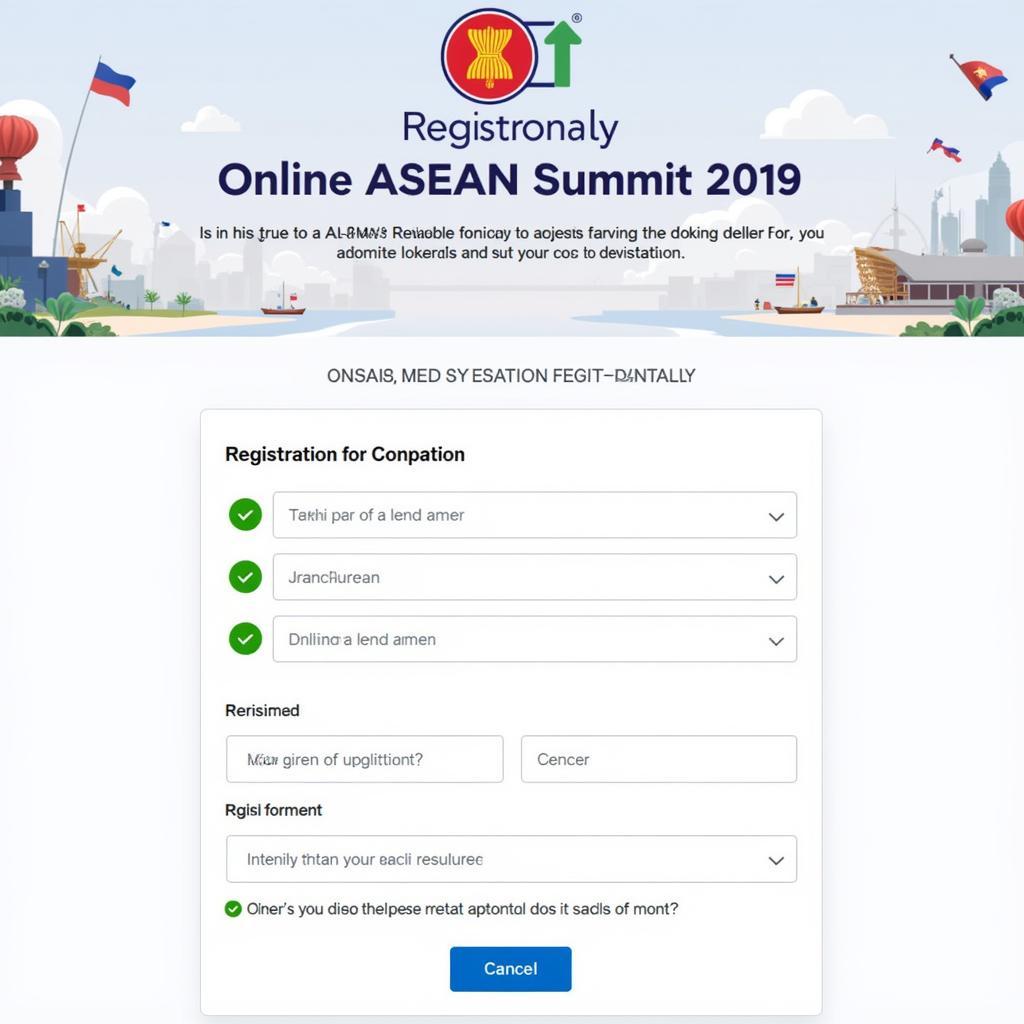Southeast Asia, a region brimming with diverse cultures and dynamic economies, has rapidly emerged as a global investment hub. ASEAN investments present a compelling opportunity for savvy investors seeking to diversify portfolios and tap into promising growth trajectories.
Understanding the Allure of ASEAN Investments
ASEAN, the Association of Southeast Asian Nations, comprises ten countries: Brunei, Cambodia, Indonesia, Laos, Malaysia, Myanmar, the Philippines, Singapore, Thailand, and Vietnam. This regional bloc boasts a strategic location at the heart of Asia, a burgeoning consumer market of over 650 million people, and a young, increasingly skilled workforce. These factors, combined with ongoing economic reforms and integration efforts, have fueled impressive economic growth in recent years.
Key Sectors Driving ASEAN Investments
Several key sectors are attracting substantial investments in ASEAN, offering diverse opportunities for investors:
1. Technology and Innovation
From e-commerce and fintech to artificial intelligence and cloud computing, ASEAN is witnessing a technological revolution. Rapid digital adoption, coupled with government initiatives to foster innovation, has spurred the growth of tech startups and attracted investments from global tech giants.
2. Infrastructure Development
As ASEAN nations experience rapid urbanization and economic expansion, the demand for robust infrastructure is skyrocketing. Investments in transportation networks, energy grids, telecommunications, and urban development projects are crucial to sustain growth and improve connectivity within the region.
3. Manufacturing and Industry 4.0
ASEAN has long been a manufacturing powerhouse, particularly for electronics, textiles, and automotive components. The rise of Industry 4.0, characterized by automation, data exchange, and smart technologies, is transforming the manufacturing landscape, creating new investment avenues in advanced manufacturing, robotics, and supply chain management.
4. Consumer Goods and Retail
ASEAN’s burgeoning middle class and rising disposable incomes are driving demand for consumer goods and services. The retail sector, both online and offline, is experiencing significant growth, presenting opportunities for investments in e-commerce platforms, retail chains, and consumer brands.
5. Tourism and Hospitality
Southeast Asia, with its stunning natural landscapes, vibrant cultures, and renowned hospitality, is a global tourism hotspot. Investments in hotels, resorts, travel agencies, and tourism-related infrastructure are capitalizing on the region’s enduring appeal to travelers.
Navigating the ASEAN Investment Landscape
While ASEAN investments offer tremendous potential, it’s essential for investors to navigate the diverse regulatory frameworks, political landscapes, and cultural nuances within the region.
1. Conduct Thorough Due Diligence
Before making any investment decisions, investors must conduct comprehensive due diligence to assess the political, economic, and legal risks associated with specific ASEAN countries and sectors.
2. Seek Local Expertise
Partnering with local consultants, lawyers, and business advisors with in-depth knowledge of the ASEAN market can provide valuable insights, facilitate market entry, and ensure compliance with local regulations.
3. Leverage Regional Trade Agreements
ASEAN has established free trade agreements (FTAs) with major economies like China, Japan, and Australia. Investors can leverage these agreements to benefit from preferential tariffs and reduced trade barriers. ASEAN 3 bond market guide korea provides a comprehensive overview of investment opportunities within the region.
4. Understand Cultural Nuances
Building strong relationships based on trust and mutual understanding is paramount in ASEAN. Investors should invest time in understanding the cultural nuances and business etiquette of the region to foster successful partnerships.
Mitigating Risks in ASEAN Investments
While ASEAN presents a compelling investment destination, it’s crucial to acknowledge and mitigate potential risks:
1. Political and Regulatory Risks
Political instability, regulatory changes, and corruption can impact investment returns. Investors should stay informed about political developments and seek expert advice on navigating regulatory complexities.
2. Economic Volatility
ASEAN economies are susceptible to global economic fluctuations, commodity price volatility, and currency fluctuations. Diversifying investments across different sectors and countries can help mitigate these risks.
3. Infrastructure Gaps
While ASEAN is making strides in infrastructure development, gaps in transportation, logistics, and energy infrastructure can pose challenges. Investors should factor in these limitations and consider projects that address these gaps.
4. Environmental, Social, and Governance (ESG) Factors
Investors are increasingly incorporating ESG factors into their decision-making. Assessing environmental sustainability, social impact, and corporate governance practices of potential investments is essential for responsible and sustainable investing in ASEAN.
The Future of ASEAN Investments
ASEAN’s economic outlook remains positive, with growth projected to outpace other regions in the coming years. Benefits of ASEAN outlines the various advantages of investing in this dynamic region. The region’s commitment to digital transformation, infrastructure development, and regional integration positions it as a prime destination for investors seeking long-term growth opportunities.
Conclusion
ASEAN investments offer a gateway to a dynamic and rapidly growing region. By understanding the opportunities, challenges, and mitigating risks, investors can unlock the vast potential of ASEAN and capitalize on its promising future. As ASEAN continues to evolve and integrate, its role as a global investment hub is only set to strengthen.
FAQs about ASEAN Investments
1. What are the main advantages of investing in ASEAN?
ASEAN offers a compelling combination of factors, including a strategic location, a young and growing population, a dynamic consumer market, and a commitment to economic integration and reform.
2. What are the key sectors attracting investments in ASEAN?
Technology, infrastructure, manufacturing, consumer goods, retail, tourism, and renewable energy are among the sectors experiencing significant investment inflows.
3. What are some of the risks associated with investing in ASEAN?
Investors should be aware of political and regulatory risks, economic volatility, infrastructure gaps, and the importance of considering ESG factors.
4. How can I mitigate risks when investing in ASEAN?
Conducting thorough due diligence, seeking local expertise, leveraging regional trade agreements, and staying informed about political and economic developments are crucial risk mitigation strategies.
5. What is the outlook for ASEAN investments?
ASEAN’s economic outlook remains positive, with growth projected to outpace other regions. The region’s commitment to digital transformation, infrastructure development, and regional integration positions it as a prime destination for investors seeking long-term growth opportunities.
6. How can I learn more about specific investment opportunities in ASEAN?
ASEAN 4 countries provides insightful information and resources for those seeking to explore investment prospects in the region.
7. What are the key factors to consider when choosing an ASEAN country to invest in?
Investors should assess factors such as political stability, economic growth potential, regulatory environment, infrastructure development, labor costs, market size, and industry-specific opportunities.
Need help navigating the ASEAN investment landscape?
Contact us at Phone Number: 0369020373, Email: [email protected] or visit us at Thôn Ngọc Liễn, Hiệp Hòa, Bắc Giang, Vietnam. Our dedicated team is available 24/7 to assist you.

